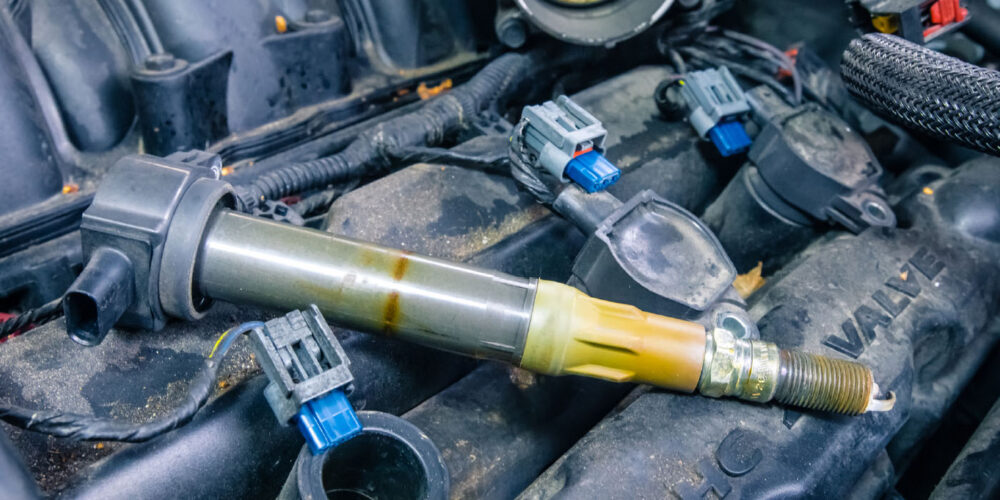Should you encounter a Subaru vehicle that won’t refuel or causes the gas nozzle to shut off prematurely, here are some tips to aid diagnosis. The vehicle should first be checked for obvious problems, such as crushed or kinked hoses, misrouted hoses or broken components. If nothing is found, go to the gas station and confirm the condition.
While at the pump, after confirming the condition, remove the hose from the canister marked FUEL TANK. Remember that there are three hoses, one for the purge (usually the smallest in diameter), one for the fuel tank and one for the drain to atmosphere after passing through the charcoal canister.
If you remove the canister fuel tank hose and the vehicle refuels normally, then the problem is most likely between the canister and the vent hose in the rear frame rail.
If you removed the canister fuel tank hose and the vehicle still won’t refuel, then the problem is most likely between that hose and the tank (remember, the split half technique from electrical class?). You will now have to gain access to the pressure control solenoid valve hose connections to split it further down to isolate the problem.
Obstructions that appear to be as slight as spider webs can cause this condition; clearing out the debris will correct this refueling problem.
Technical service bulletin courtesy of Mitchell 1.
For more information on Mitchell 1 products and services, automotive professionals can log onto the company’s website at www.mitchell1.com.














